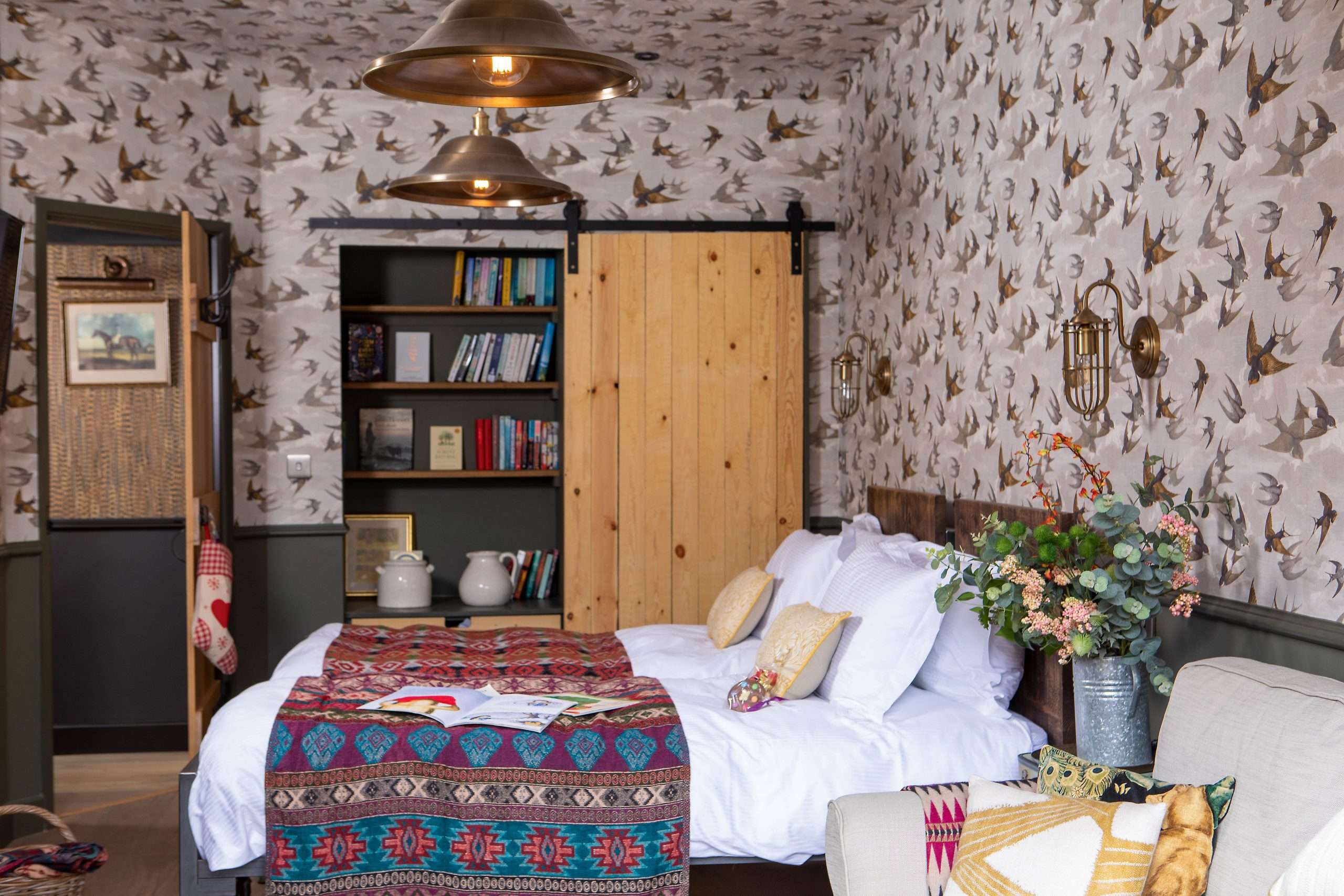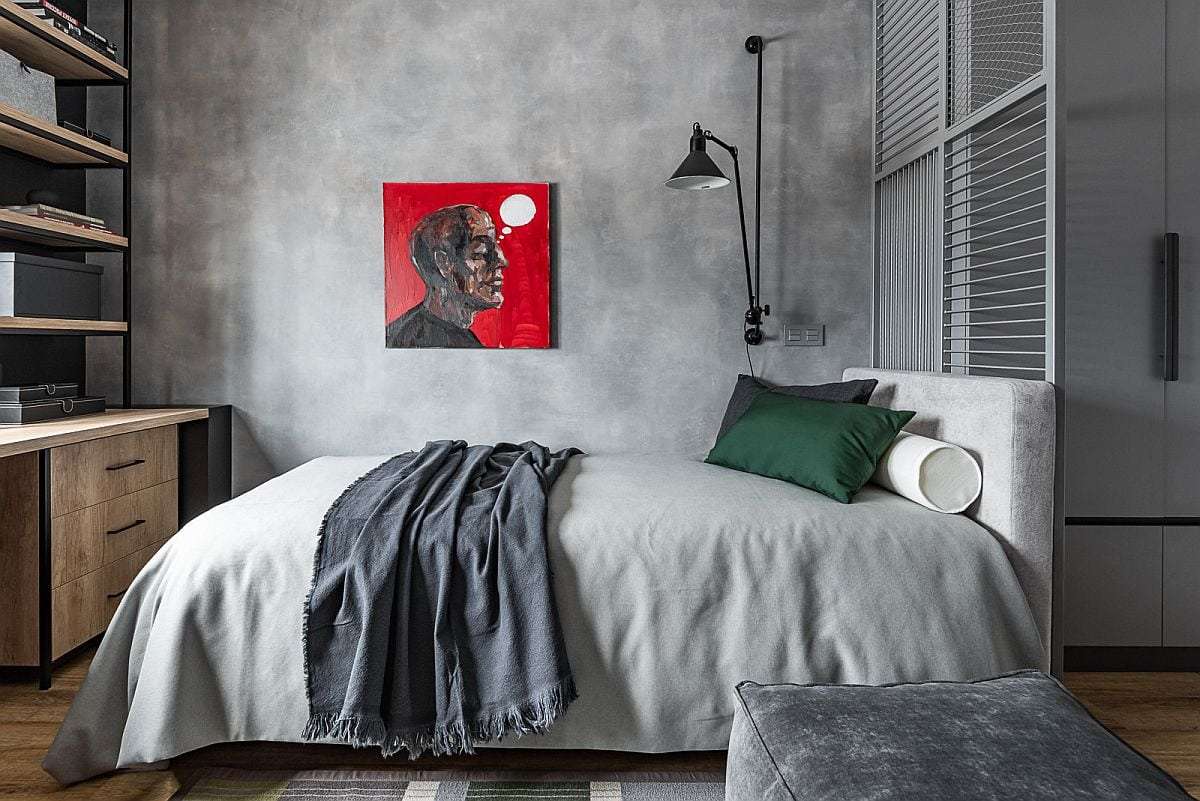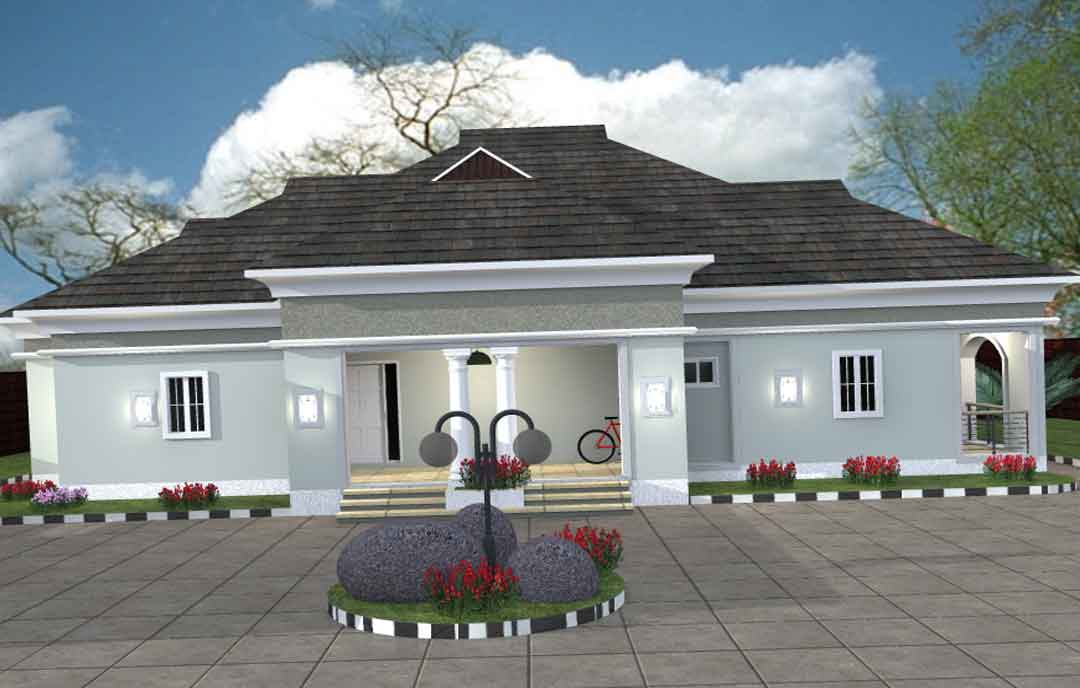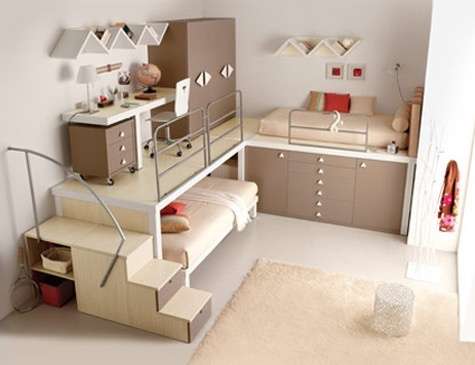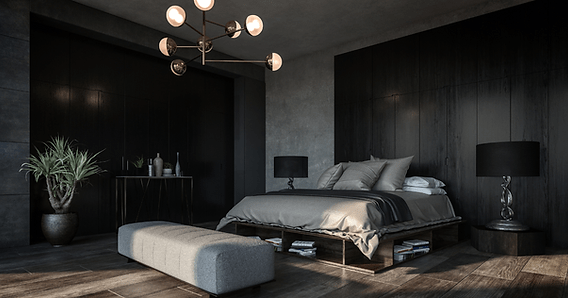Designing a bedroom that’s both functional and aesthetically pleasing requires careful consideration of furniture placement and style. It’s not just about cramming in a bed and a dresser; it’s about creating a sanctuary, a space that promotes relaxation and restful sleep. The right furniture, thoughtfully arranged, can transform a chaotic room into a haven of tranquility. This guide will provide you with some key principles to help you design a bedroom with furniture that perfectly suits your needs and personal taste, and make the most of your space.
Understanding Your Space and Needs
Before you even think about shopping, take a good look at your bedroom. Consider these factors:
- Room Size and Shape: Is it a small, square room, a long, narrow one, or a spacious master suite? This will dictate the size and type of furniture you can realistically accommodate.
- Natural Light: Where do the windows face? How much natural light does the room get? This will influence your color choices and furniture placement.
- Your Lifestyle: Are you a minimalist who prefers clean lines and minimal clutter, or do you need plenty of storage space for books, clothing, and other belongings?
Answering these questions will help you define your needs and preferences, making the design process much smoother. Think about what activities you perform in your bedroom besides sleeping. Do you read, work, or exercise in the space? These considerations will impact your **furniture** choices.
Essential Bedroom Furniture and Placement
Every bedroom needs certain essential pieces. Here’s a rundown of the most common items and tips for placing them effectively:
- Bed: The focal point of the room. Place it against the longest wall, ideally facing the door but not directly in line with it (according to Feng Shui principles). Consider the size of the bed relative to the room; a king-size bed in a small room will feel cramped.
- Nightstands: Flanking the bed, these provide a surface for lamps, books, and other essentials. Ensure they’re the right height relative to your mattress.
- Dresser: Choose a dresser that offers ample storage without overwhelming the space. Consider a vertical dresser to maximize floor space.
- Mirror: A mirror can make a small room feel larger and brighter. Hang it on a wall or place it on a dresser.
Choosing the Right Style and Color Palette
Your furniture style should reflect your personal taste and create a cohesive look. Here are a few popular styles to consider:
- Modern: Clean lines, minimalist design, neutral colors.
- Traditional: Ornate details, rich wood tones, classic silhouettes.
- Bohemian: Eclectic mix of patterns, textures, and colors, often with vintage or global influences.
- Scandinavian: Functional, minimalist design, light wood tones, and a focus on natural light.
The color palette should be calming and conducive to relaxation. Consider using soft, muted tones like blues, greens, grays, or lavenders. Accent colors can be introduced through bedding, artwork, and accessories.
Optimizing Storage and Functionality
Maximizing storage is key to a well-organized bedroom. Here are some ideas:
- Under-Bed Storage: Use storage containers or drawers to store out-of-season clothing, extra bedding, or other items.
- Wall-Mounted Shelves: These provide extra storage without taking up floor space.
- Multi-Functional Furniture: Consider a bed with built-in storage or a nightstand with drawers.
Creating a Comfortable and Inviting Atmosphere
Beyond the **furniture**, pay attention to the details that create a comfortable and inviting atmosphere:
- Lighting: Use a combination of ambient, task, and accent lighting. Dimmable lights allow you to adjust the brightness to suit your mood.
- Bedding: Choose soft, comfortable bedding that complements your color palette.
- Rugs: A rug can add warmth and texture to the room. Place it under the bed or in a seating area.
- Artwork and Accessories: Personalize the space with artwork, photos, and other decorative items that reflect your personality.
Remember to declutter regularly to keep your bedroom feeling fresh and organized. A well-designed bedroom should be a sanctuary, a place where you can relax, recharge, and escape the stresses of the day. Careful planning and thoughtful **furniture** choices will get you there. The key to a great bedroom design lies in understanding your needs, optimizing your space, and selecting **furniture** that reflects your personal style. Ultimately, the best bedroom design is one that makes you feel comfortable and happy, so use these tips as a starting point and then personalize the space to create your dream bedroom **furniture** arrangement.
